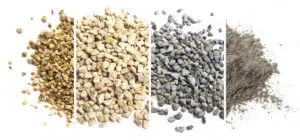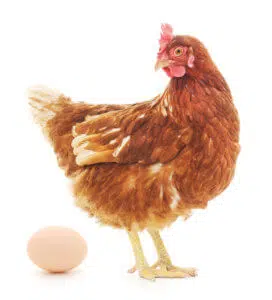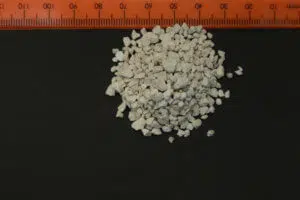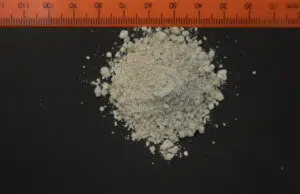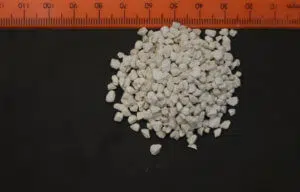Limestone analysis
We leave no stone unturned when it comes to your limestone quality!
Using the correct limestone source in your poultry production system is imperative for maximising performance. Limestone sources are highly variable and this, coupled with differences in particle size, can result in variable production results. The objective of the Chemuniqué limestone analysis service is to offer a commercial analytical service in support of the application of our research on limestone quality in broilers and laying hens. Our desire is to provide relevant data and solutions to nutritionists that will enable better decision-making relating to calcium and phosphorus nutrition in poultry, thereby improving the efficiency and sustainability of our industry.
The current practice in animal feed formulation is to formulate diets on a total calcium and retained phosphorus (CVB oP), or available phosphorus (AvP) basis, while assigning calcium and oP/AvP contributions to added exogenous phytase enzymes. Recent research has shown a significant impact of limestone source and particle size on ileal calcium and phosphorus digestibility, and phytase efficacy. The implication of this work is that, in practice, the digestibility of calcium and phosphorus in feed, and the contributions of these nutrients from phytase, will be impacted by the type of limestone utilised. With differential effects of limestone source on the respective amounts of dietary calcium or phosphorus absorbed at ileal level, a further implication is that the limestone source used in feed will potentially alter the ratio of digestible calcium to digestible phosphorus absorbed by the bird. This could, in some cases, result in a suboptimal supply of these nutrients at tissue level for some important metabolic functions and bone mineralisation, while also affecting performance and litter quality. In light of these findings, the characterisation of limestone source and its potential impact on calcium and phosphorus digestibility becomes essential.
Chemuniqué has set up the new methodology developed by Dr C. Roselina Angel, a professor in the Department of Animal and Avian Sciences at the University of Maryland in the United States of America (USA), to measure the rate of calcium solubility in our service laboratory.
Our limestone analysis service is based on the dynamic solubility assay developed at the University of Maryland and published by Kim et al. (2018) that closely reflects the conditions found in the gizzard of the chicken to ensure accurate results.
- Analysis of particle size distribution, mean, D50, and geometric mean diameter (GMD) of limestone samples using a standardised set of 15 sieves.
- Analysis of the rate of calcium solubility in duplicate at three different time-points using the newly developed solubility assay.
- Mineral analysis of limestone samples using ICP for nine minerals (Ca, P, Mg, Mn, Fe, Cu, Zn, Na, K).
- A short interpretation of results by comparison with control limestone standard of known digestibility at 0,150 mm and 0,806 mm GMD for fine limestone, and 1,822 mm and 2,343 mm GMD for limestone grit.
Results are reported within four to six weeks of receiving the sample.
Our experts

Sibongiseni Nkabinde
NIR and formulations analyst
"*" indicates required fields









